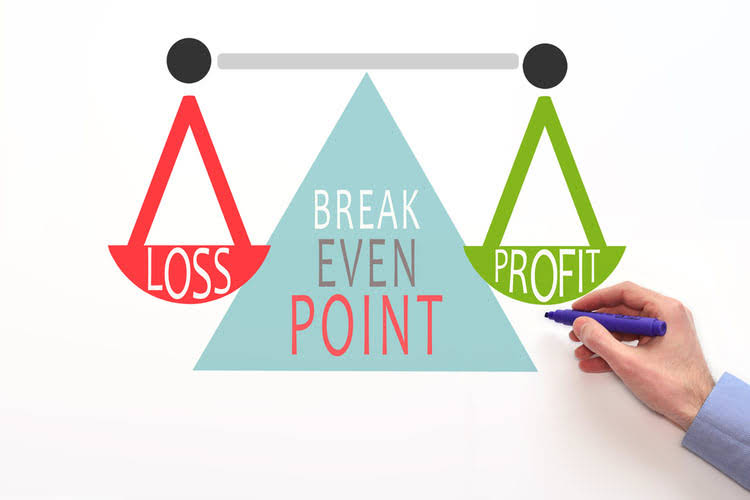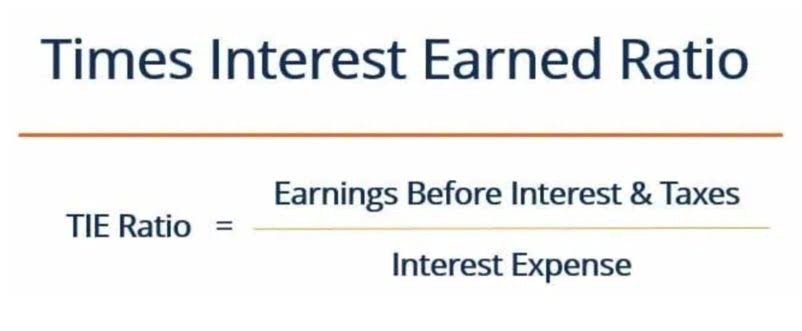
“In most cases, indirect costs will take the form of a contract or invoice received from a supplier or a service provider,” says Fisher. Facility rental costs, for example, will be determined by a rental agreement, while payroll costs will usually be based on employee agreements. Tracking direct and indirect costs and checking these figures on a weekly or monthly basis could save you money. De Vos recently worked with a company that had eight different software subscriptions, most of which were no longer used. “Because people in the business started tracking those costs each month, they were able to see these unnecessary costs and cancel those subscriptions,” she says. Soft costs are expenses that are not directly tied to the labor, materials, and equipment that go into building the structure.
Examples of indirect costs
As we describe the types of indirect costs above, they are commonly general administrative expenses. Therefore, the double entries of indirect costs or indirect expenses in the income statement are the same as other expenses. These include activity-based costing, proportional allocation, and cost rate allocation. Most of these methods include looking at an indirect cost pool and determining how much of the pool should go to each cost object.

Identify potential cost savings
Through allocation, stakeholders are able to determine the true cost of individual tasks or projects. To understand indirect costs, it’s helpful to first understand direct costs. Direct construction costs are directly tied to a specific project, such as materials and onsite labor. In contrast, indirect costs are those that support the project but aren’t linked to any specific construction activity.
Include contingency.
Once the project is underway, accounting modules within these tools help track actual expenses against the budgeted figures, and highlight any deviations. When allocating indirect costs, consistency in the chosen method is key, more https://www.bookstime.com/ so than the specific method itself. The purpose of allocation is to determine a fair and logical way to distribute indirect costs so that individual projects, tasks, or departments bear an appropriate share of these expenses.


These expenses are usually not included in the direct costs of construction, but they still impact the project’s final cost. When an analyst understands the overall cost structure of a company, they can identify feasible cost-reduction methods without affecting the quality of products sold or service provided to customers. The financial analyst should also keep a close eye on the cost trend to ensure stable cash flows and no sudden cost spikes occurring. Whether it’s a product, project or an entire department, having a cost object helps a business analyze the true cost of an individual item.
Fixed Costs

To allocate costs means to identify and assign them to cost objects in your business, such as a specific product, service, customer, project or facility. Fuel costs for a CEO visiting another company’s office would be an indirect cost, since they cannot be directly tied to the production of a good or the provision of a service. Furthermore, soft costs often involve third parties like architects, financiers, and legal consultants, whereas indirect costs are more intrinsic to the contractor’s day-to-day site functions.
They can range from employee salaries to the price of raw materials to make your product. Indirect costs incurred in manufacturing operations are known as manufacturing overhead, while indirect costs incurred in the general and administrative area are known as administrative overhead. This is especially true for entities indirect costs are also referred to as costs. with high ratio of indirect to direct costs. It is possible to justify the handling of almost any kind of cost as either direct or indirect. Labor costs, for example, can be indirect, as in the case of maintenance personnel and executive officers; or they can be direct, as in the case of project staff members.
Often, such as when applying for funding under a grant, indirect costs are specified as a fixed percentage, this percentage having been negotiated in advance. This is the case, for example, in federally-funded research in the United States. In this case, the indirect costs percentage is specified relative to direct costs, not to the total request.
- Similarly, vehicles that are used across different jobsites, along with their maintenance and fuel, also contribute to indirect expenses.
- With this information, a financial analyst can provide insights on improving the profitability of certain products, replacing the least profitable products, or implementing various strategies to reduce costs.
- Some common examples include temporary site facilities and utilities as well as tools and equipment rentals.
- This helps a company to calculate the overhead cost per unit so that prices can be set accordingly to ensure a profit is made on each product even after incorporating all indirect expenses.
- For indirect costs of a cost object, however, it must be determined how these costs will be split up since they are not directly tied to the cost object.
- Note that if electricity is not used as primary source for production then electricity cost will be treated as utility and is always indirect.
